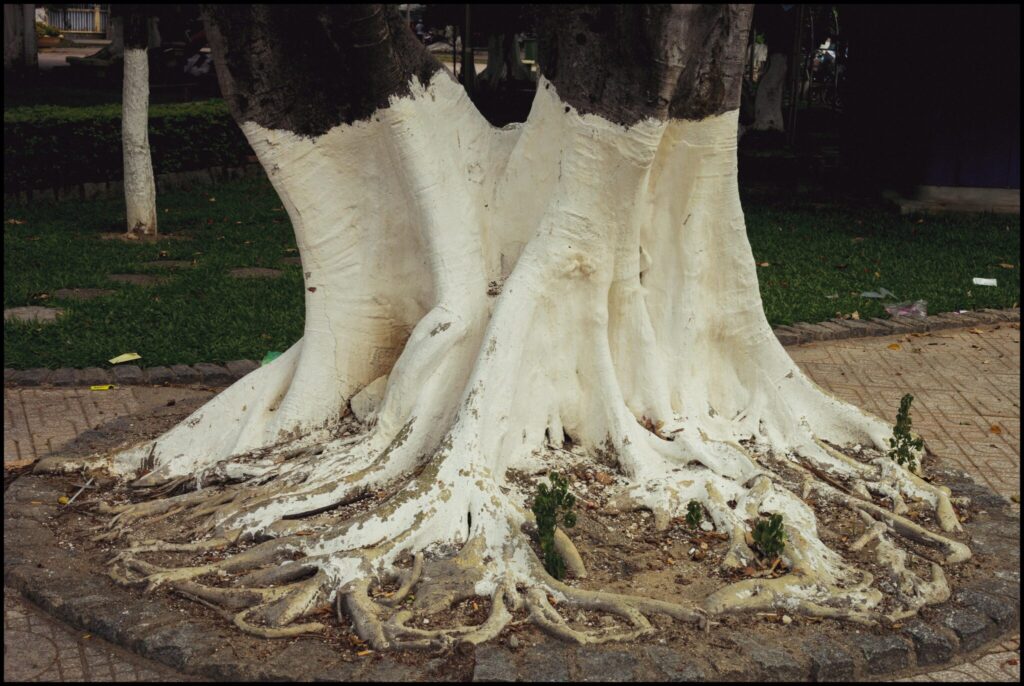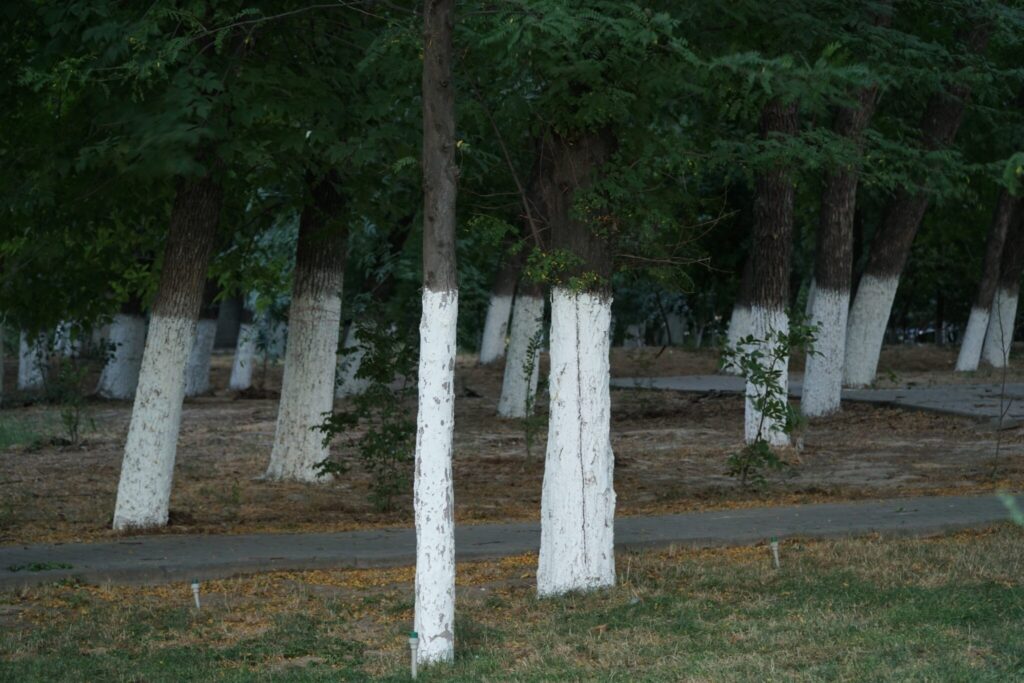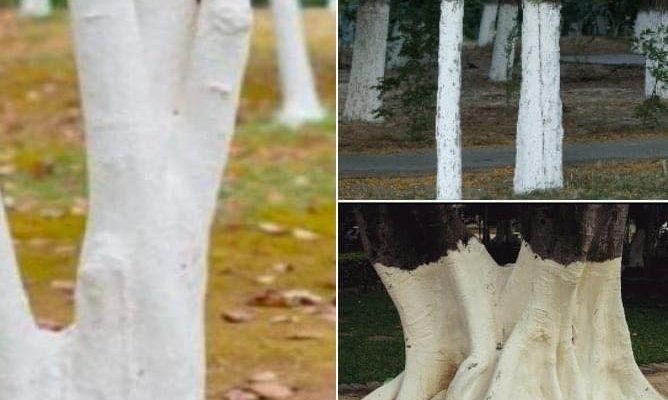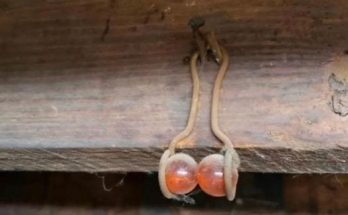In the age of instant connectivity, the internet serves as a vast repository of knowledge, surpassing even the cumulative wisdom of ten thousand libraries. Gone are the days of laboriously searching through books or consulting experts for obscure information; now, the answers to almost any question are merely a few mouse clicks away.
For those familiar with our site, which often delves into explaining peculiarities in the world, the internet becomes a tool to uncover mysteries. From deciphering the significance of a giant star on a barn to understanding the meaning behind a man with a painted fingernail or square waves near the shore, we strive to unravel these enigmas.

Recently, our intrigue led us to a mysterious image online featuring trees with their trunks painted white. In the intricate world of trees, where we previously explored the rationale behind bent forest trees and the coded language of paint on bark, the quest for understanding continues.
As it turns out, trees are painted white in winter not for mere aesthetic reasons but as a protective measure against sunburn. Similar to fair-skinned individuals safeguarding themselves from the sun’s rays, trees too face the risk of sunburn. The sun’s daytime heat causes a tree’s bark to expand, but when temperatures drop at night, the bark contracts rapidly, potentially leading to damage.

The solution: white paint. Applied to the tree’s trunk, this layer serves as a reflective shield, deflecting the sun’s rays and averting excessive heating during the day. The seemingly simple act of painting trees white in winter emerges as a strategic move to ensure their well-being, revealing yet another facet of the intricate relationship between nature and human intervention.



